March 15, 1781, was a critical date in the Revolutionary War. At a court house in present-day Greensboro, North Carolina, Lieutenant General Charles Cornwallis led a 2,100-man British force into battle against American Major General Nathanael Greene. Greene lost the fight and surrendered the field, but suffered low casualties, while General Cornwallis lost nearly a third of his force, including five field officers.
[text_ad]
Combined with months of hard winter marching, the losses at Guilford effectively crippled Cornwallis’s offensive capabilities. He was now so short on food and supplies that he was forced to give up his pursuit of Greene, and leave his wounded behind while he began a 200-mile march toward Wilmington, North Carolina, and a desparately needed cache of supplies.
According to the National Park Service, Guilford Courthouse National Military Park is the nation’s first national park established at a Revolutionary War site. The park now preserves the 220-acre heart of the 1781 battlefield. Among the 28 monuments raised on the battlefield is a memorial containing the graves of two of North Carolina’s signers of the Declaration of Independence: William Hooper and John Penn. NPS points out that although Guilford Courthouse is 600 miles south of Philadelphia and Independence Hall, it is appropriate that this monument stands at the site of one of the most important battles of the Revolutionary War. It was the sacrifices of American patriots on this and scores of other battlefields that gave substance to the bold statements of principle contained in the Declaration of Independence.
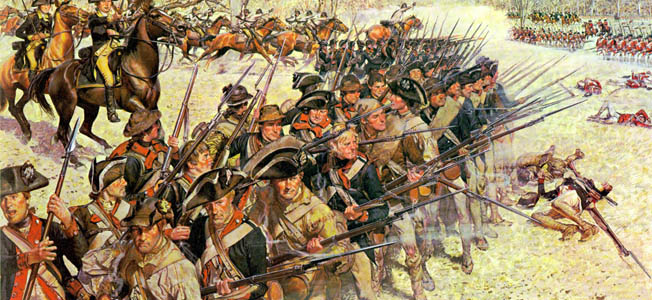


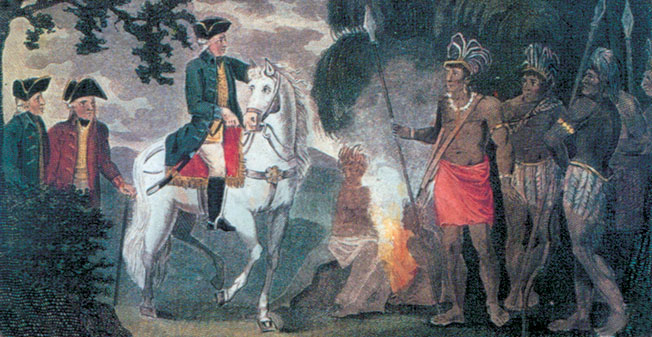
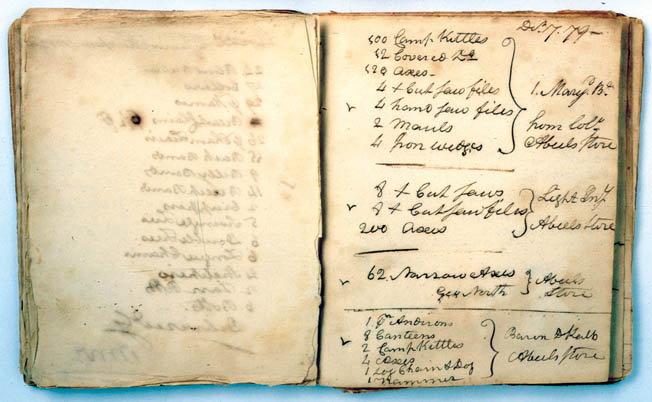
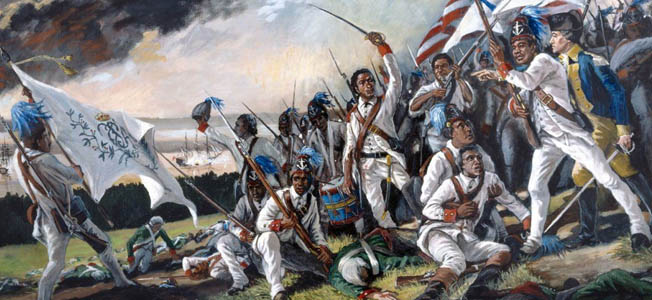
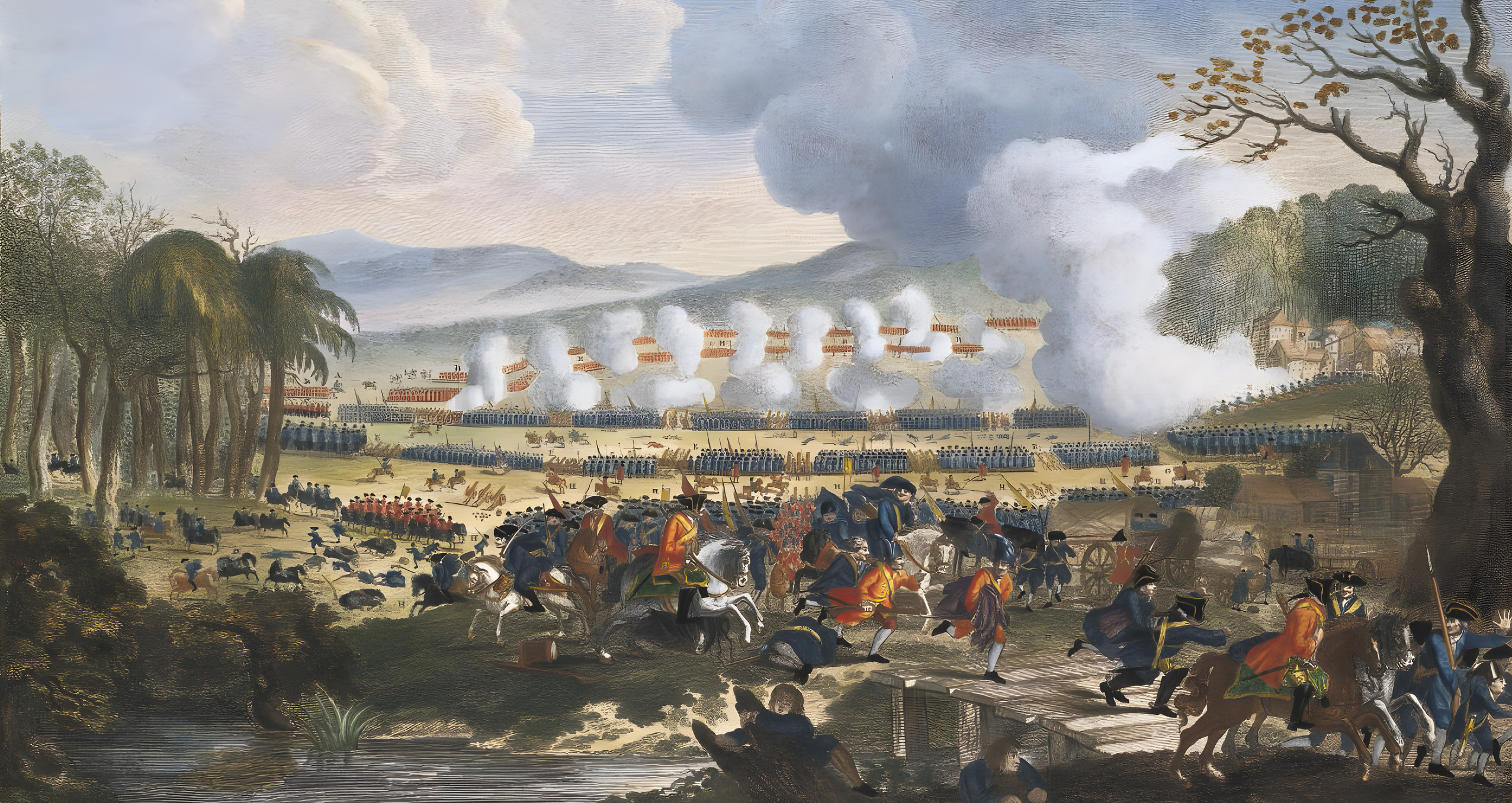
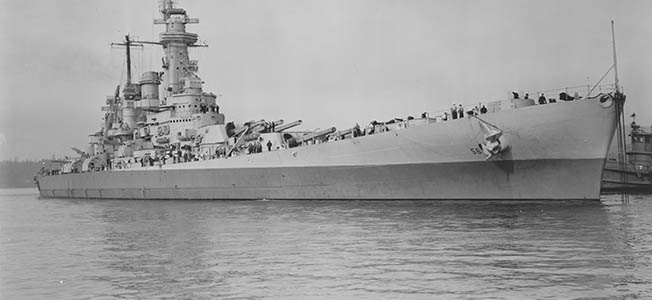
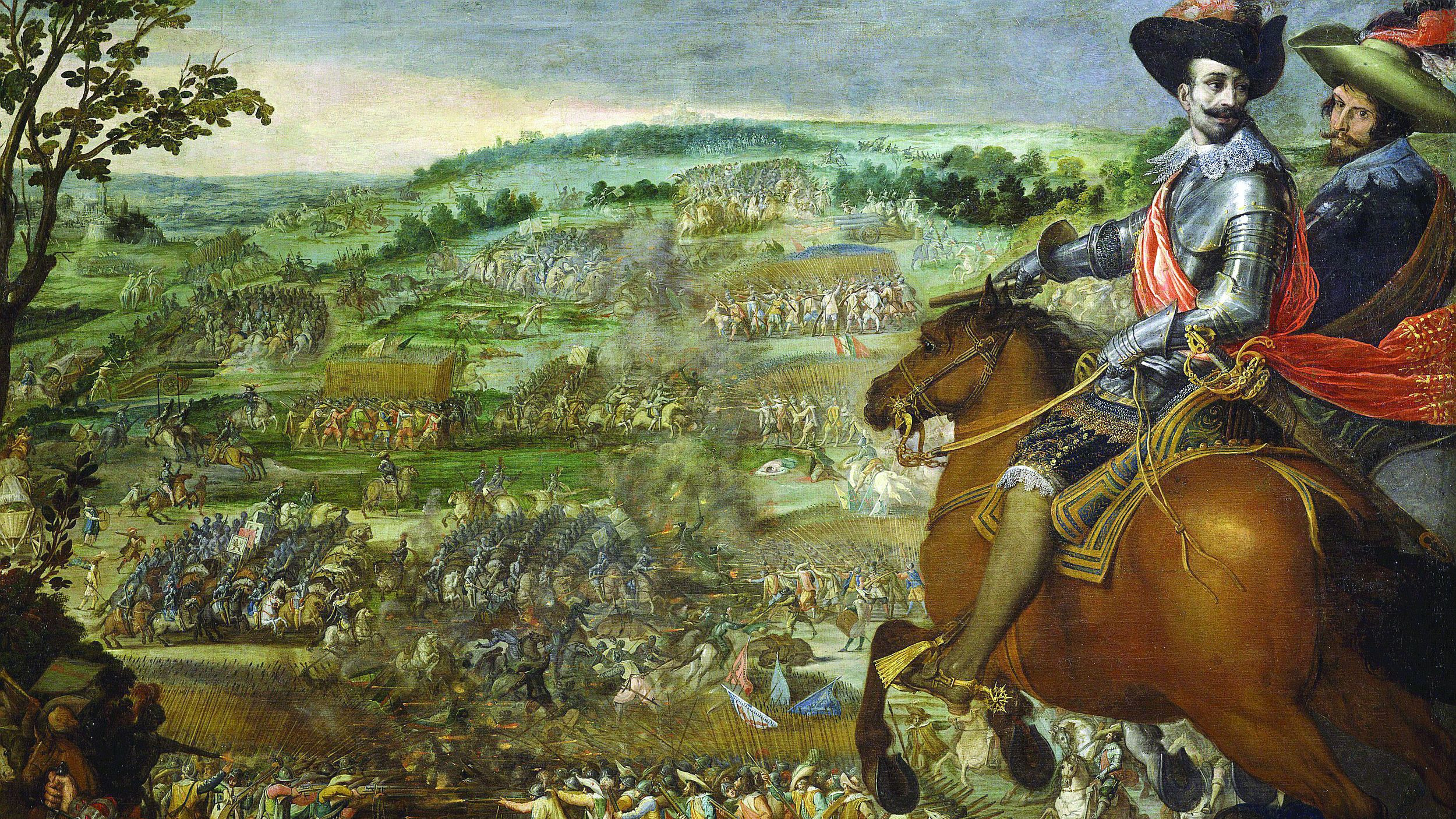
Join The Conversation
Comments
View All Comments